Imagine swimming through a bustling coral reef, surrounded by creatures flashing every color of the rainbow. Suddenly, you spot a fish, elegant and bright, that you could swear was male last week—but now, she’s laying eggs. This isn’t science fiction or a trick of the light; it’s one of nature’s boldest moves. Fish that change gender are living proof that in the great game of evolution, the rules can be rewritten at any moment. These shape-shifting marvels aren’t just oddities; they’re the ocean’s ultimate survivors, flipping the script on what it means to be male or female. Dive beneath the waves, and you’ll discover a world where biology is anything but binary—a world that’s stranger, more beautiful, and more surprising than most of us ever imagined.
The Astonishing Phenomenon of Sex Change in Fish
In the animal kingdom, fish hold the blue ribbon for gender flexibility. While most creatures are born and stay either male or female, hundreds of fish species break the mold by changing sex during their lives. This process isn’t random—it’s a finely tuned evolutionary strategy that helps them adapt and thrive in their ever-changing environments. For these fish, gender isn’t just a biological fact; it’s a survival tool. The transformation can be triggered by social cues, population dynamics, or environmental pressures. Imagine if humans could swap roles to balance society—that’s exactly what these fish do, but with their own bodies.
How Does Fish Sex Change Actually Work?

The mechanics behind fish gender change are nothing short of mind-boggling. Inside their bodies, hormonal switches flip, causing ovaries to become testes, or vice versa. This transformation can happen in just a matter of days or weeks, depending on the species. The shift isn’t just about reproductive organs; it can also affect coloration, behavior, and even social status within a group. Scientists are still unraveling all the molecular messages involved, but it’s clear that these changes require a symphony of genes, hormones, and environmental triggers working together perfectly.
Protogyny: When Females Become Males
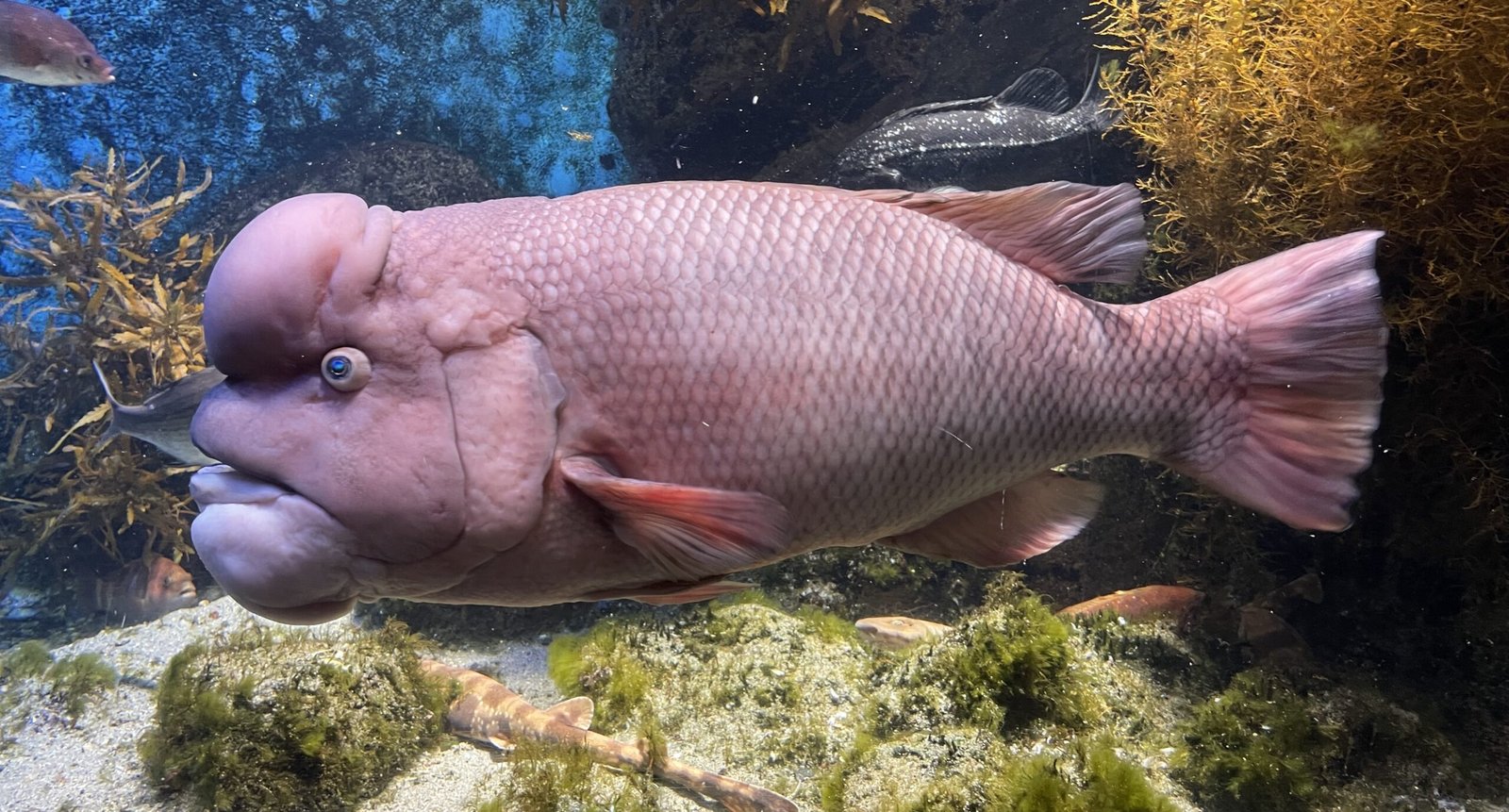
One of the most common types of sex change in fish is protogyny, where a female transforms into a male. This is seen in many wrasses and parrotfish. In a typical reef community, a dominant male oversees a harem of females. If the male disappears—due to predation or old age—the largest female quickly changes sex and takes over his role. This ensures the group always has a strong male to fertilize eggs. The transition isn’t just physical; it’s behavioral, too. Within days, the former female starts displaying male courtship rituals and defending territory.
Protandry: When Males Become Females
Protandry is the flip side: here, fish start life as males and later become females. Clownfish are the poster children for this strategy. Each anemone hosts a strict hierarchy: the largest fish is the female, while the smaller ones are males. If the female dies, the biggest male morphs into a female, and the next in line becomes her mate. This system maximizes reproductive output, since bigger females can produce far more eggs. It’s a bit like a royal succession, but with a gender-bending twist.
Bidirectional Sex Change: Switching Back and Forth
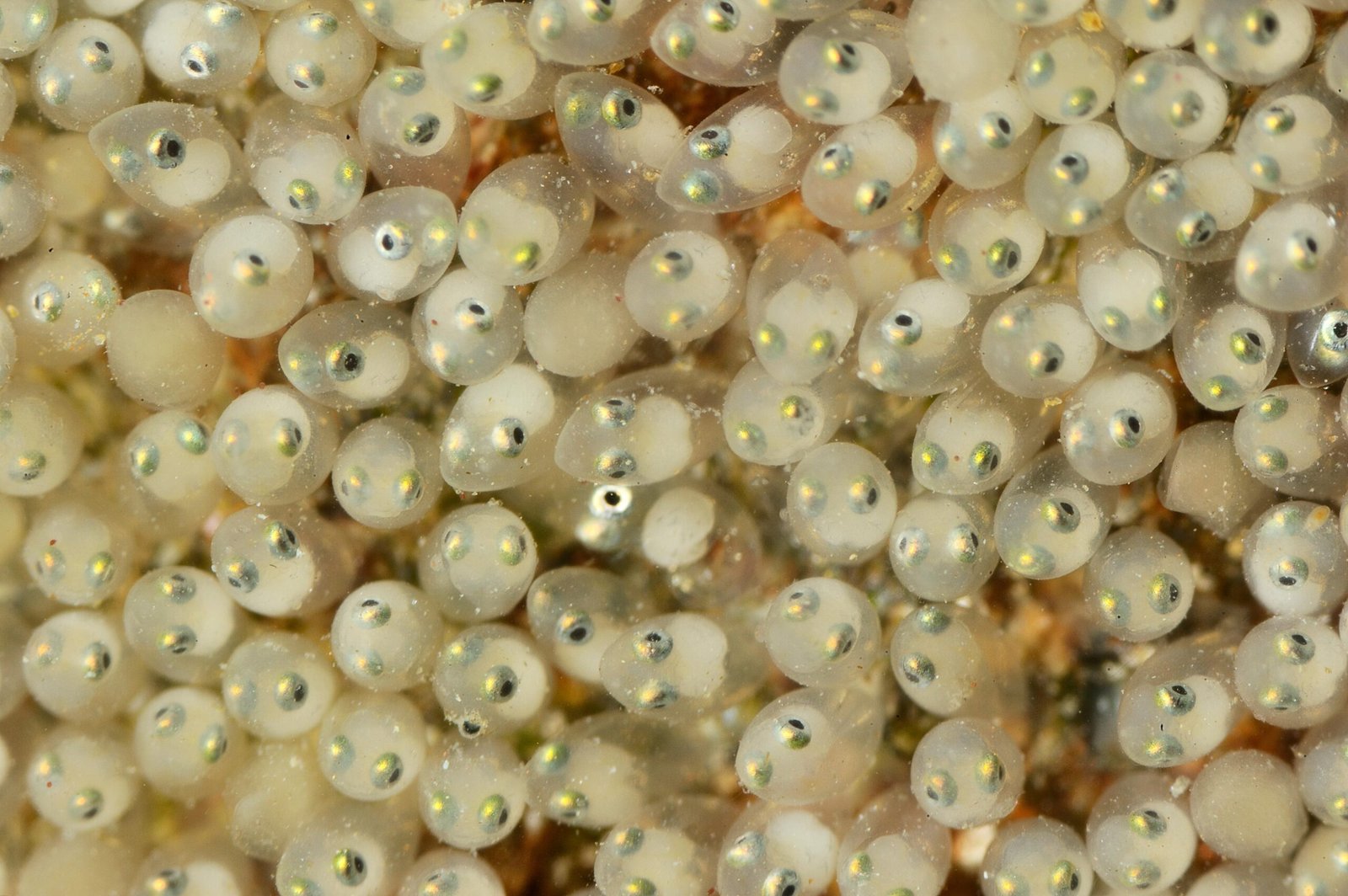
Some fish take flexibility to an even higher level, switching sexes multiple times throughout their lives. Gobies, for example, can change from female to male and back again, depending on social circumstances. This wild ability allows them to seize the best reproductive opportunities as group dynamics shift. If a dominant fish leaves, another steps up, transforming into the necessary role whether that’s male or female. It’s as if they carry a biological Swiss army knife, ready for any challenge.
Why Do Fish Change Sex? Evolution’s Clever Gamble

At first glance, changing sex might sound risky or even unnecessary. But in the unpredictable world beneath the waves, it’s a winning bet. By shifting gender roles, fish can make the most of limited mating opportunities, especially when population sizes are small or skewed. It’s also a way to ensure that the fittest, most dominant individuals produce the most offspring. In environments where one sex has a clear reproductive advantage due to size or social rank, switching genders keeps the population healthy and robust.
The Science Behind the Transformation: Hormones and Genes
The secret to this transformation lies deep within the fish’s cells. Hormones like estrogen and testosterone orchestrate the dramatic changes, while certain genes act as the conductors. When social cues trigger the switch, the fish’s brain sends signals to shut down one set of reproductive organs and activate another. Recent research has revealed that some genes can be turned on or off, guiding the shift from ovary to testis or vice versa. It’s a dazzling example of nature’s ability to reprogram itself on the fly.
Social Cues and the Power of Hierarchy

In many species, social structure is the main driver of sex change. Fish are constantly sizing each other up—who’s the biggest, boldest, or most dominant? In wrasses and clownfish, for example, losing the top-ranking individual triggers a cascade of changes, starting with the next in line. This “musical chairs” approach ensures that the group always has the right balance of males and females. It’s not just about biology; it’s about reading the room and responding to the needs of the group.
Environmental Triggers and Adaptation
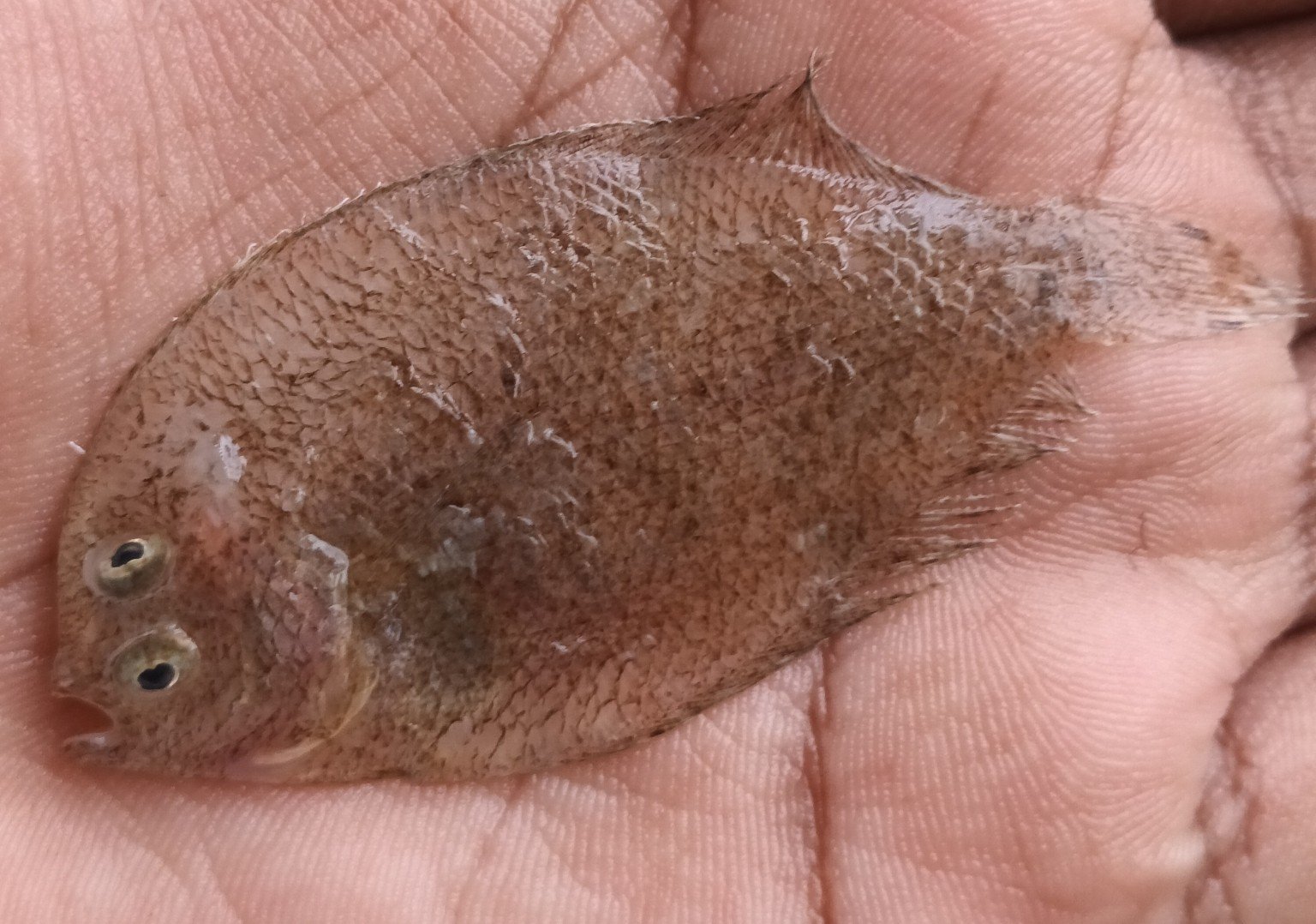
Sometimes, external factors like temperature, pollution, or population density can spark a sex change. In some flatfish, warmer water has been shown to increase the likelihood of changing sex. Pollution, particularly chemicals that mimic hormones, can also disrupt normal patterns. While this flexibility can help fish adapt to changing conditions, it also makes them vulnerable to environmental stressors caused by humans. The line between adaptation and danger is razor-thin, making these fish both resilient and fragile.
Parrotfish: Rainbow Architects of the Reef

Parrotfish are some of the most flamboyant sex-changers in the ocean. These vibrant creatures play a crucial role in shaping coral reefs, munching on algae and sculpting sandy beaches. Many species start life as females, eventually transforming into colorful, dominant males known as “terminal phase” males. The change is dramatic—not just in color, but in physical size and behavior. Watching a parrotfish morph from a modest female into a bold male is like witnessing a caterpillar become a butterfly, only faster.
Clownfish: The Ocean’s Gender-Bending Royalty

Few fish capture the imagination like clownfish, made famous by a certain animated movie. But their real-life drama is even wilder. Living in tight-knit groups within sea anemones, clownfish follow strict social rules. Only the top two fish breed: the dominant female and her chosen male. If the female dies, the social ladder shifts—her mate becomes female, and another male steps up. It’s a seamless transition that keeps the family line alive, proving that in the ocean, royalty is earned, not inherited.
Wrasses: Masters of the Underwater Switch

Wrasses are the ultimate quick-change artists. Found on reefs around the world, these fish can flip from female to male in just a few days. The transformation is not just internal—males often develop bold colors and exaggerated fins to attract mates and fend off rivals. It’s a high-stakes game, where speed and timing can mean the difference between passing on your genes or being left behind. Their story is a reminder that sometimes, the best way to win is to change the rules entirely.
Goby Fish: Champions of Flexibility
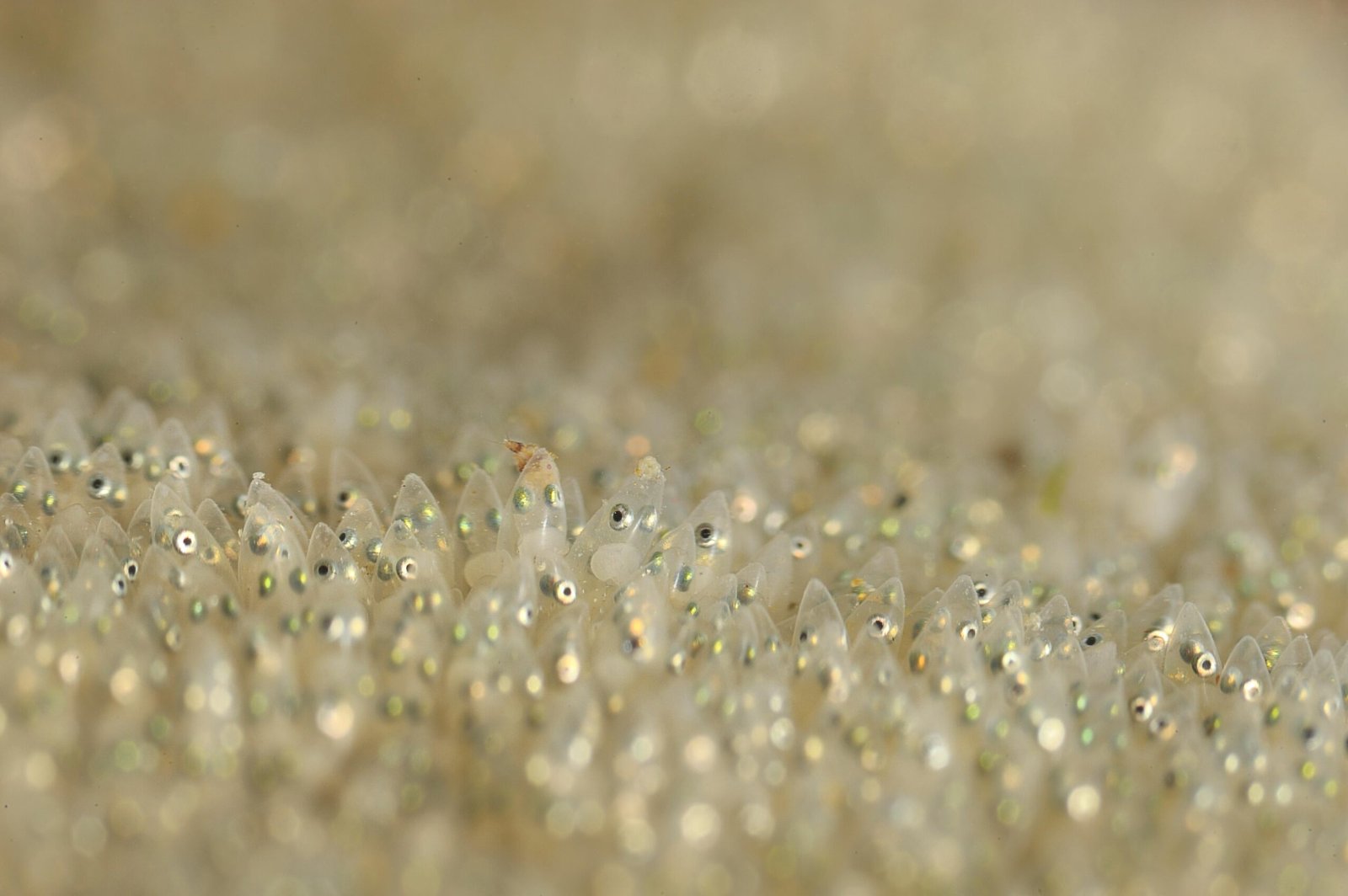
Gobies may look unassuming, but they are champions of gender fluidity. Some species can change sex multiple times, adapting to whatever role is needed within their group. This ability gives them a unique edge in unpredictable environments, such as tide pools or shifting sandbanks. Gobies show us that flexibility isn’t just about survival—it’s about thriving in the face of constant change. Their story is a testament to the power of adaptability in a world that never stands still.
Groupers: Giants That Defy Expectations

Groupers are among the ocean’s heavyweights, and their approach to sex change is just as impressive. Many start life as females and become males later, often after reaching a certain size. This strategy means that only the largest, strongest individuals become males, maximizing their chances of success during spawning events. Groupers remind us that in the wild, brawn and brains can go hand in hand—and sometimes, it takes becoming someone new to take the lead.
Flatfish: Masters of the Muddy Mystery

Flatfish, like flounders and halibut, live mysterious lives on the seafloor. Some species can switch sexes depending on environmental conditions such as temperature or the availability of mates. This hidden world beneath the mud is full of quiet drama, where gender roles aren’t fixed and survival depends on being able to change with the tide. Flatfish prove that even the most unassuming creatures can hold the wildest secrets.
Seabasses: Dual Roles in One Lifetime

Seabasses are versatile players on the underwater stage. Many species are protogynous, starting out as females and transforming into males. This usually happens when there’s a shortage of males in the population. The change can be triggered by the absence of a dominant male, and once it begins, the transformation is swift and complete. Seabasses embody the idea that sometimes, the best way to ensure a future is to take on a new role—no matter how drastic it may seem.
Cardinalfish: Small Fish, Big Surprises

Cardinalfish may be tiny, but they have a big secret. Some species can change sex to adapt to social needs, often in response to the loss of a breeding partner. The ability to switch roles gives them an edge in maintaining stable populations, even when faced with unexpected challenges. Cardinalfish show that size doesn’t matter when it comes to evolutionary innovation; sometimes, the smallest creatures are the most creative.
Angelfish: Beauty with a Twist
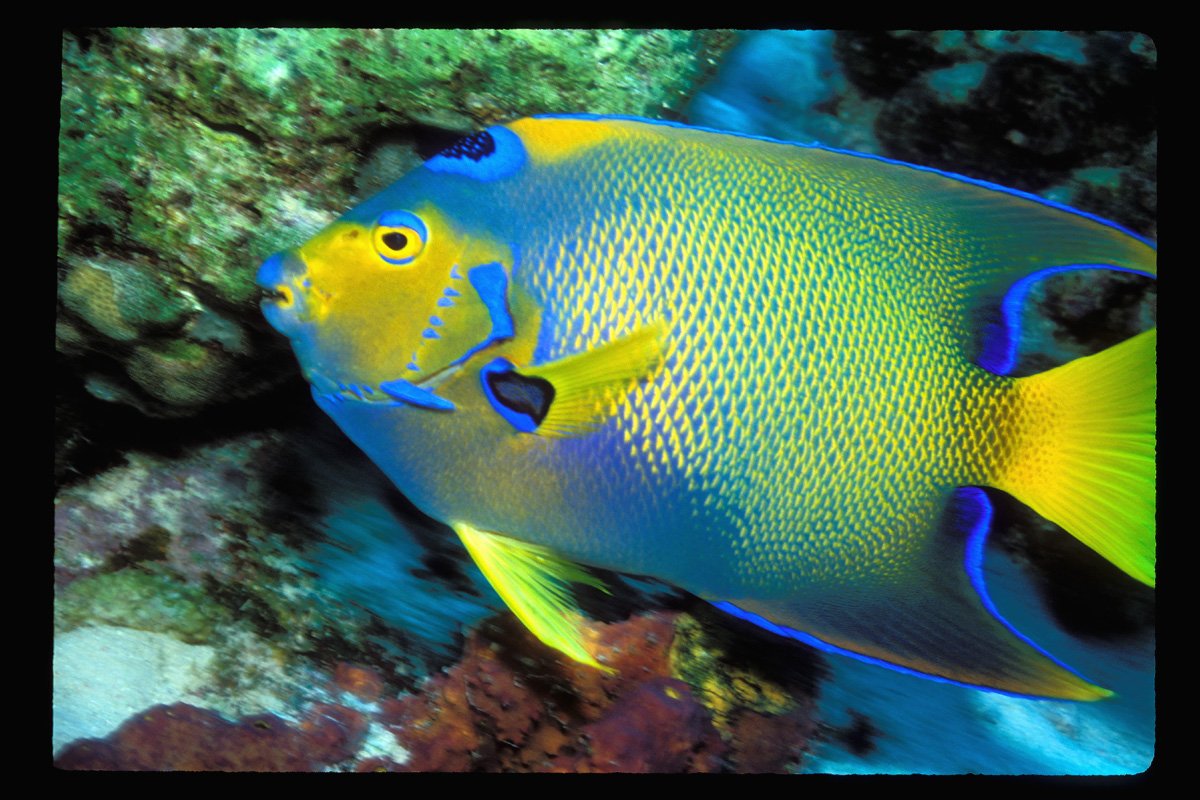
Angelfish are known for their stunning colors and graceful movements, but there’s more to their story. In some species, social hierarchy determines who gets to be male or female. If a dominant individual disappears, others can transform to fill the gap. This ensures a steady supply of both eggs and sperm, keeping the group strong. Angelfish remind us that beauty often hides the most astonishing secrets, waiting to be discovered.
Sex Change and the Future of Fish Populations
As oceans change due to climate shifts and pollution, the ability of fish to change sex could become more important than ever. Scientists are studying how environmental stressors might disrupt these natural processes, potentially threatening entire populations. Understanding how and why fish change sex could offer clues to protecting marine biodiversity in the face of global challenges. The stakes are high, and the answers could shape the future of life beneath the waves.
What Fish Gender-Bending Teaches Us About Nature

The story of fish that change gender isn’t just about biology—it’s about possibility. These creatures challenge our assumptions about what’s normal or natural, showing us that life is more flexible and inventive than we ever imagined. Their wild adaptability is a testament to evolution’s endless creativity. In a world full of surprises, perhaps the greatest lesson is that sometimes, survival means daring to be different.



